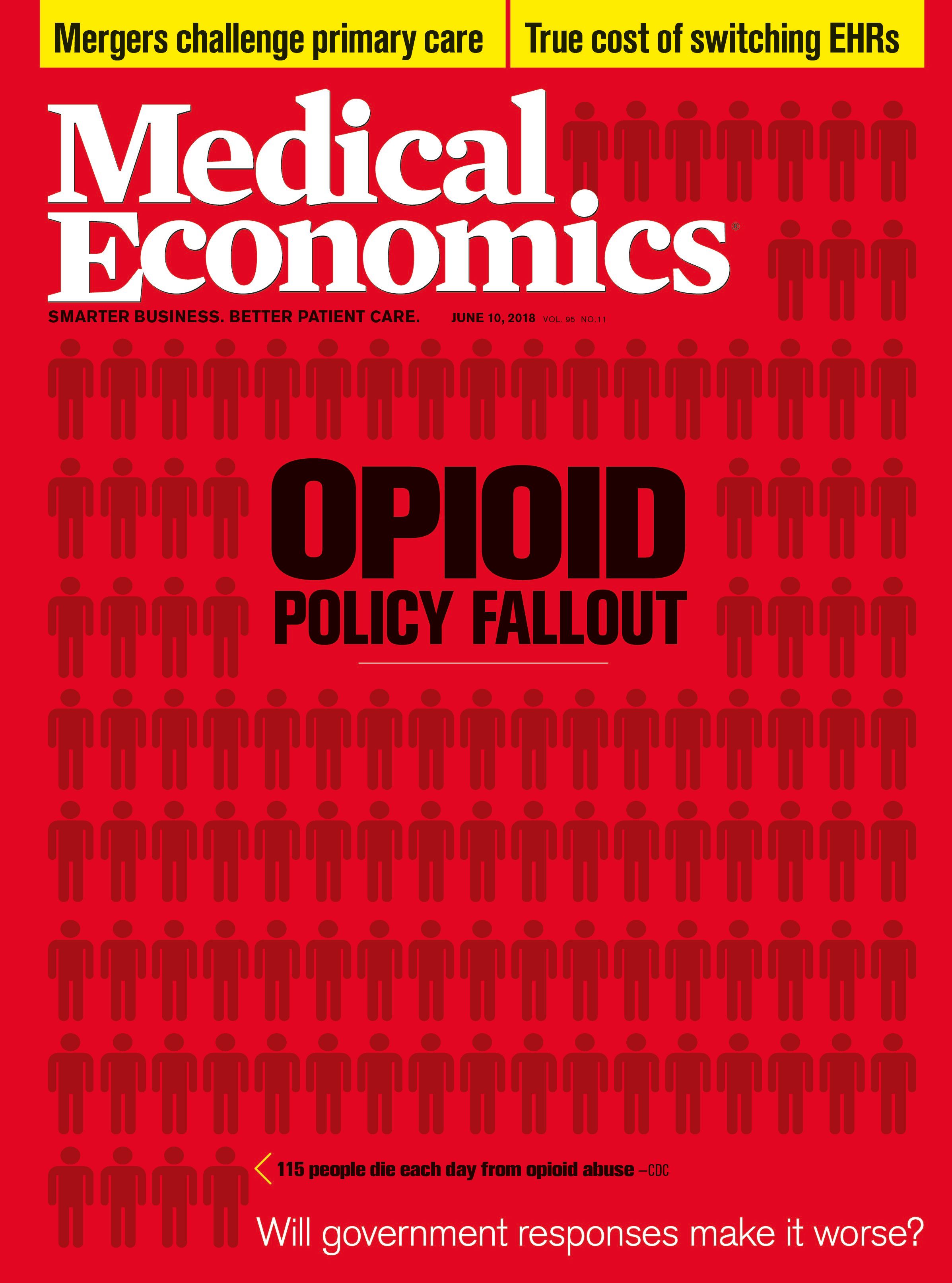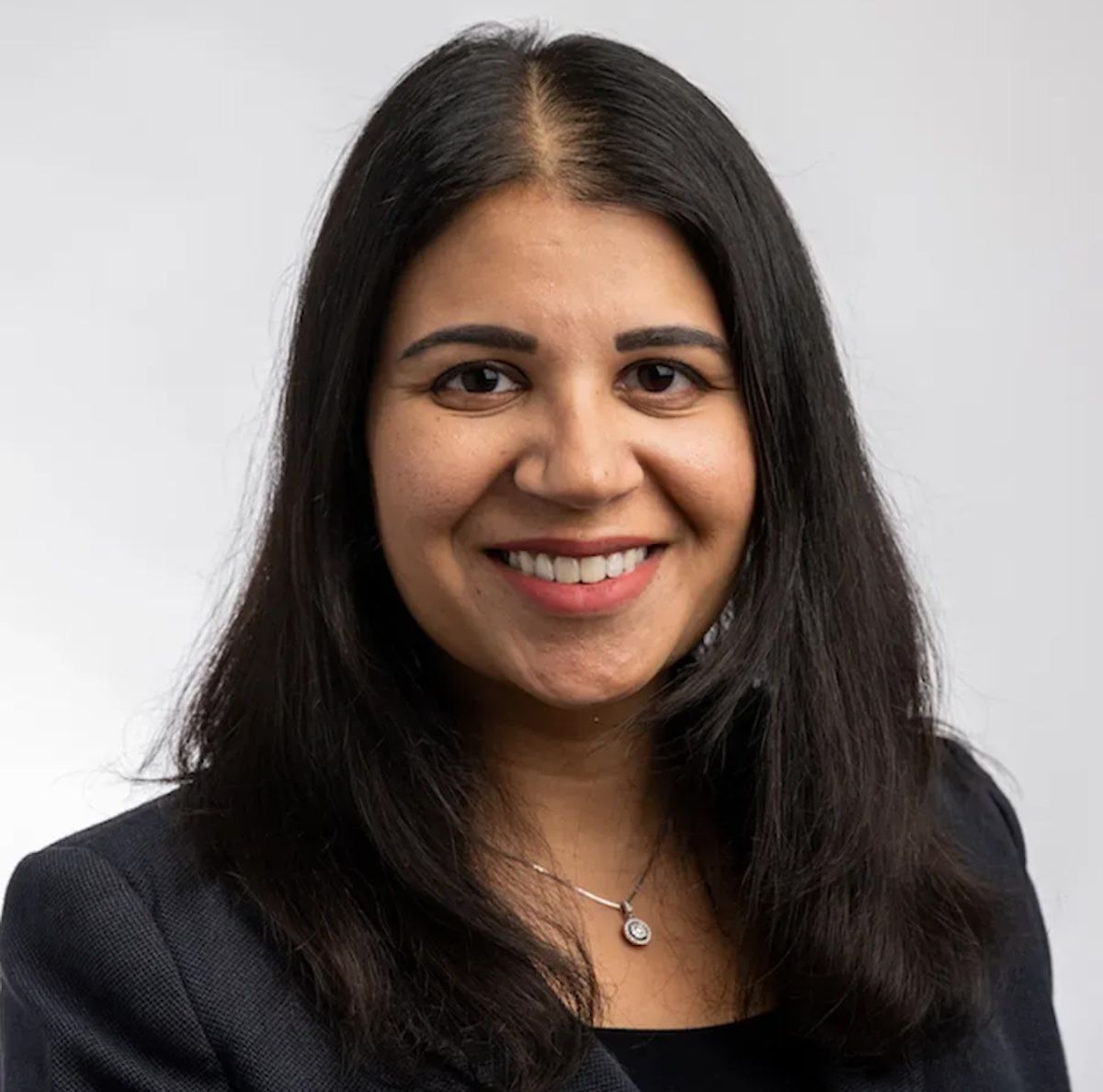Publication
Article
Medical Economics Journal
American College of Physicians 2018 Meeting Wrap-up
Author(s):
At its most recent annual meeting in New Orleans, the American College of Physicians (ACP) addressed numerous issues facing today’s internists. Here’s a recap of some of the topics discussed.
Succeed at MIPS as a private practice
Ryan Mire, MD, FACP, of Nashville-based multi-specialty practice Heritage Medical Associates, stressed the importance of understanding Medicare’s Quality Payment Program (QPP) in a session geared specifically for private practices.
“QPP is a program we need to understand to get paid,” he said. “The bottom line is that we all want to make more money, but we definitely do not want to lose money. So you want to make sure to at least get the minimum score of 15 to at least keep our current payment rate from CMS. The better you do, the more incentive.”
Mire, who was involved with the QPP at his 140-physician private practice, detailed several best practices for private practices to survive and potentially even thrive under MIPS, including:
Become recognized as a patient-centered medical home. “A lot of the same concepts for PCMH translate into results in MIPS from quality improvement and using an EHR to just clinical improvements,” he said. Under MIPS, such recognition gives practices full credit for the clinical improvement activities category, “and that’s one less pillar [in MIPS] to worry about,” he told Medical Economics.
Incorporate HEDIS measures. Utilizing the Healthcare Effectiveness Data and Information Set (HEDIS) at a practice to measure performance on care standards can go a long way, he said. It can also assist-or translate-in the success of commercial value-based programs, which often take their lead from Medicare. Several HEDIS measures align with MIPS criteria.
Utilize available tools. Getting educated on the QPP is critical, he said. This includes utilizing tools from the ACP, CMS, and other professional organizations that are geared toward helping small practices with finding the best measures for them to report on.
Use EHRs to build trust with patients
With a little planning and forethought, EHRs can actually improve doctor-patient communication and cause both parties to see them as a valuable tool for improving care.
That was the message Wei Wei Lee, MD, MPH, assistant professor of medicine at the University of Chicago’s Pritzker School of Medicine, delivered in her ACP 2018 session.
Wei discussed research she and colleagues undertook a year after the Pritzker School and its clinics adopted EHRs, looking at how use of the computers affected patients’ perceptions of their doctors. They distilled their ideas into the acronym HUMAN LEVEL:
- Honor the first minute of the patient encounter: It sets the tone for the rest of the visit, by talking to the patient and not using EHRs or any other form of technology.
- Use the “triangle of trust”: Create a triangle configuration in the room that allows the physician and patient to both view the EHR and the physician to address the patient.
- Maximize patient interaction: Allow time by encouraging the patient to ask questions if they don’t understand something.
- Acquaint yourself with the patient’s chart: Reviewing notes and other pertinent information before entering the exam room
- Nix the screen: When a patient starts discussing a sensitive or emotional topic, turn away from the EHR screen and look only at the patient.
- Let the patient look on while entering information into the EHR: Doing so not only helps build trust with the patient but ensures the accuracy of the information because the patient is there to confirm it.
- Eye contact: Maintain it as much as possible throughout the visit.
- Value the computer: Talk about the benefits of the EHR, and make it a tool for engaging patients by jointly reviewing data such as lab results and specialists’ reports. “If you display negative emotion towards EHR that can leave a lasting impression that isn’t good,” Wei said.
- Explain what you’re doing: Be open about everything you’re doing with the EHR in the patient’s presence.
- Log off: Signing off of the patient’s chart while the patient is present helps reassure them that their information remains private and won’t be viewed by anyone else.
Recognizing, reacting to social determinants of health
In a recently released paper, the ACP featured nine policy recommendations to address social determinants of health. They include the organization’s support for increased efforts to evaluate and implement public policy interventions and promotion of social determinants of health lessons in medical education.
“We need to teach people how to do this,” said Sarah Candler, MD, MPH, chair-elect of the ACP’s Council of Resident/Fellow Members. “We need to acknowledge social determinants and know that not everyone has the same opportunities, but also have policies to teach [physicians] how to look for them and policies to address them.”
Candler practices at the Michael E. DeBakey VA Medical Center and talked about the challenges she faces every day with her patients in improving well-being, but also taking social factors into account before, during, and after a visit.
“As a primary care doc, I tell my patients all the time that my job is to keep them as healthy as they want to be for as long as they want to be that way,” she said. “Unfortunately, it’s disappointing to know that sometimes my patients can’t get there because of some of these social determinants of health.”
Candler discussed the “homework” she gives patients and tasks they can perform to keep them healthy between visits, but acknowledged she has some extra learning to do as well.
“It’s my job as a doctor to make sure my patients’ voices are heard when they don’t have those things,” she said. “I think it is my job, as a doctor, to look for those reasons my patients may not be able to have the same opportunities for health.”
ABIM says MOC changes keep it relevant, meaningful
This marks the year the American Board of Internal Medicine rolls out its new “knowledge check-in,” a shorter, lower-stakes exam than the previous 10-year maintenance of certification (MOC) test. The 90-question exam allows internists and nephrologists to take the exam at home, in their office, or at a designated testing site and use UpTo Date, an online, evidence-based clinical decision support tool, essentially creating an “open-book” exam.
Marianne Green, MD, board chair-elect for the ABIM, said the organization heard from members that the current 10-year format was “no longer relevant or meaningful,” hence development of this more flexible alternative.
Green said 2018 and 2019 will serve as “no-consequence years” for physicians taking the new test. If they fail the exam, they can take it again in 2020 without losing certification. After that grace period, if a physician fails two subsequent knowledge check-ins, they must take the 10-year exam to maintain board certification.
“What isn’t changing,” Green said, is “that board certification matters to many physicians ... It’s a credential people are proud to hold and it has real performance standards behind it. That should mean something to you and mean something to your patients.”
‘Champions’ to address, relieve physician burnout
As part of its ongoing effort to combat physician burnout, the American College of Physicians is developing a team of “professional satisfaction champions,” whose goal is to improve doctors’ sense of professional satisfaction and personal well-being at the chapter and individual level.
“This [burnout] is a complex problem, and an online tool kit is not going to solve it,” said Cynthia Smith, MD, FACP, vice president for clinical programs at the ACP. “It’s also a human problem, requiring a human solution.”
The first cohort, consisting of 80 champions from ACP national and international chapters, recently completed their training, Smith said. Among their first tasks is to “get the word out about the gravity of the problem,” and encourage other physicians to make the case for addressing it at the practice and institutional level.
In addition, champions have been trained in how to measure burnout levels at the individual and group level, identifying doctors at risk, and making evidence-based interventions to head it off and help doctors feel better about themselves and their work, Smith explained.






